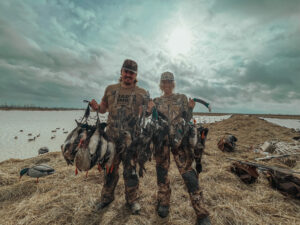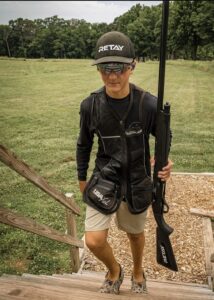

If you live to Duck Hunt and chase upland birds, you owe it to yourself to head to the prairie at least once in your life.
Table Of Contents
And no other state provides the full prairie experience like North Dakota.
We’re going to break down everything you need to know to make the trip to one of the best states for non-resident hunting – and clear up some of the rumors and little-known facts about chasing waterfowl and upland birds in the Peace Garden State.
Before we get into the nitty-gritty of planning a trip to “NoDak”, you’re probably wondering how true the legendary stories are. We’re talking about swarms of greenheads and drake pintails buzzing decoys in a field. Limits of sharptails, pheasants, and huns on native prairie. And flocks of geese so long you think the back half is still in Canada. The list goes on.
Those situations happen every year, but here’s the truth – it doesn’t usually come easy.
Even in the land of plenty, you’re still hunting wild birds with a will to survive. Odds are it’s way better than hunting back home, but it takes work, and miles equals piles as they say.
So before you plan the big trip, be sure to approach it with the right mindset and fair expectations. It’s like hunting anywhere…your first trip will include a lot of looking and learning. Some days will bring quick limits and others take work to scratch out a few birds. But spend enough time and you’ll understand what makes this place famous.
Let’s jump in and cover everything you need to know so you can avoid common “first trip” blunders and experience the fantastic hunting North Dakota is known for.
Logistics
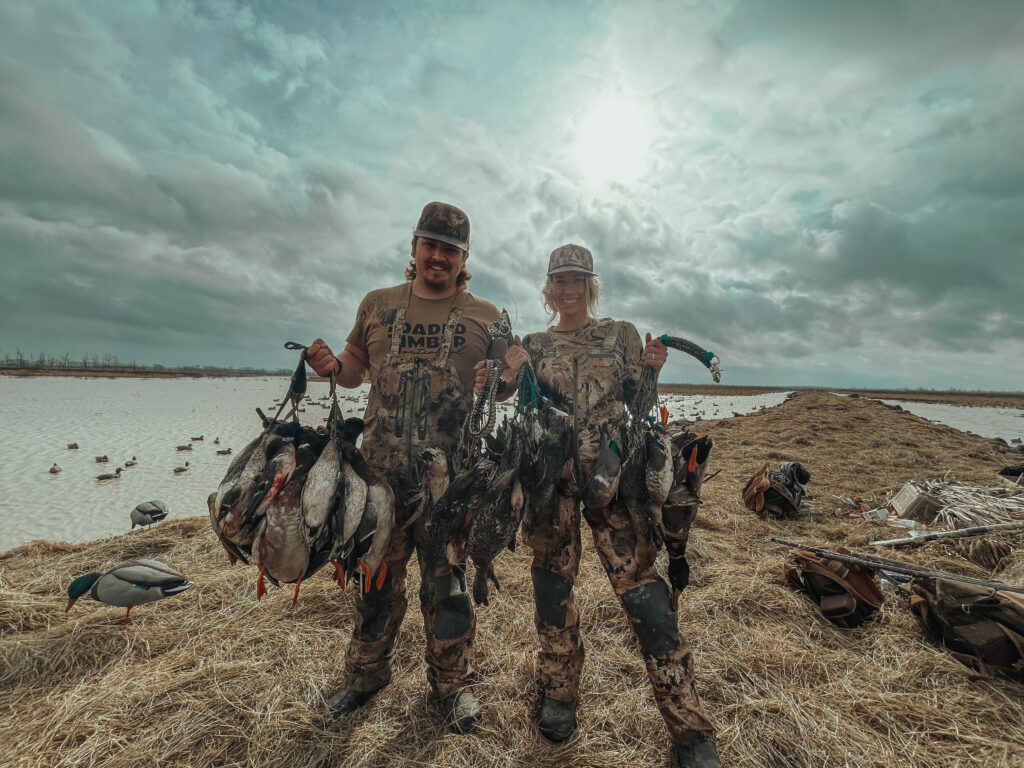
Planning a trip to the prairie seems daunting at first – and some of the most common concerns are guide requirements, public land, and the cost of out-of-state hunting licenses. Fortunately, North Dakota has long been known as a haven for DIY out-of-state hunting, thanks to an abundance of publicly accessible land and unique laws on accessing private property. You’re not required to have expensive non-resident hunting guides and the vast majority of hunters do it on their own. Unlike neighboring South Dakota, waterfowl licenses are available over-the-counter and you won’t need to apply for an out-of-state permit.
Keep in mind this is a big state and while there’s a lot of prairie and agriculture, it’s not all the same. For example, you’ll find that certain regions of the state offer fantastic pheasant hunting but are only decent for chasing sharptails. Or it has a ton of migrating waterfowl but isn’t so great for pheasant hunting.
Your best bet is to pick a primary target, such as pheasants or ducks, and go from there. Don’t try to do too much or you’ll probably end up struggling at all of it.
You want to key in on general areas that have the habitat you’re looking for. I’d highly suggest calling a biologist or game warden – don’t expect them to tell you exactly where to go, but they’ll be able to tell you about regions to find birds, hunting pressure, and more. Spend some time on a mapping app, such as SpartanForge or onX, or visit the North Dakota Game and Fish website. The state website not only has the hunting regulations for non-residents, but it has detailed information on species distribution as well as a hunting atlas that shows land open to public hunting.
Where to Hunt
Planning a successful out-of-state hunt to North Dakota not only involves choosing a general area, but understanding the nuances of public access. While North Dakota doesn’t necessarily have a ton of “public land,” there are various types of properties open to public hunting. This includes PLOTS (Private Land Open To Sportsmen), Federal Waterfowl Production Areas, School Trust Land, and WMAs.
North Dakota even allows hunting on “unposted” private land (visit the state website for specific details on what constitutes a property being “posted”). And in the last couple of years, landowners have been able to electronically “post” their property so you can now see exactly what properties are posted using an app or the state website.
Before you assume there are thousands of unposted acres with great bird hunting, the truth is that most land is posted. But this doesn’t necessarily mean it’s off-limits – it could be the landowner’s way of keeping track of who’s on their property, or maybe they’re just posting it because they want family to have unpressured private ground when deer season starts.

It’s still relatively easy to get access to private property for bird hunting and the hardest part is often tracking down landowners to ask them in the first place.
For those reasons, I’d recommend focusing on areas where there is a fair amount of property open to public hunting. You’ll ensure you have places to hunt when you get there, and if you want, you can ask for permission as you learn the area.
Most importantly, never pass up conversations with locals – making friends with the right folks goes a long way. This also means respecting their communities and the land – don’t block gates to fields, tip well at the local cafe, and don’t stuff 16 bird carcasses into the trash at the gas station. These people see a lot of non-resident hunters come through every season and if you partake in that kind of nonsense, the word will spread. Add value to their community and you’ll be welcomed back year after year.
Where to Stay
This could surprisingly be the toughest aspect of planning a hunt here. North Dakota has a low population with plenty of remote areas, so there aren’t motels, lodges, and campgrounds on every corner. There are options for different types of accommodations, but you won’t always find them with a simple Google search. Add in the fact that some of the lodging options are booked by the same hunters every year (along with a waitlist) and you’ve got a challenge.
This is where you need to go old school with your planning. Unless you know hunters who have gone before and can provide insight, your best bet is to identify the nearest small towns and start making phone calls.
Don’t worry, this isn’t nearly as painful as selling vacuum cleaners door-to-door at supper time. You’ll likely find the people of North Dakota to be incredibly kind and helpful.
If there is a small motel in town, start there and give them a call. For some of the popular weeks, like the opening week of waterfowl or pheasant season, there’s a good chance they’re full. But ask them who else could help you out. If the town has a website, check it out and get the email and phone number for general inquiries.
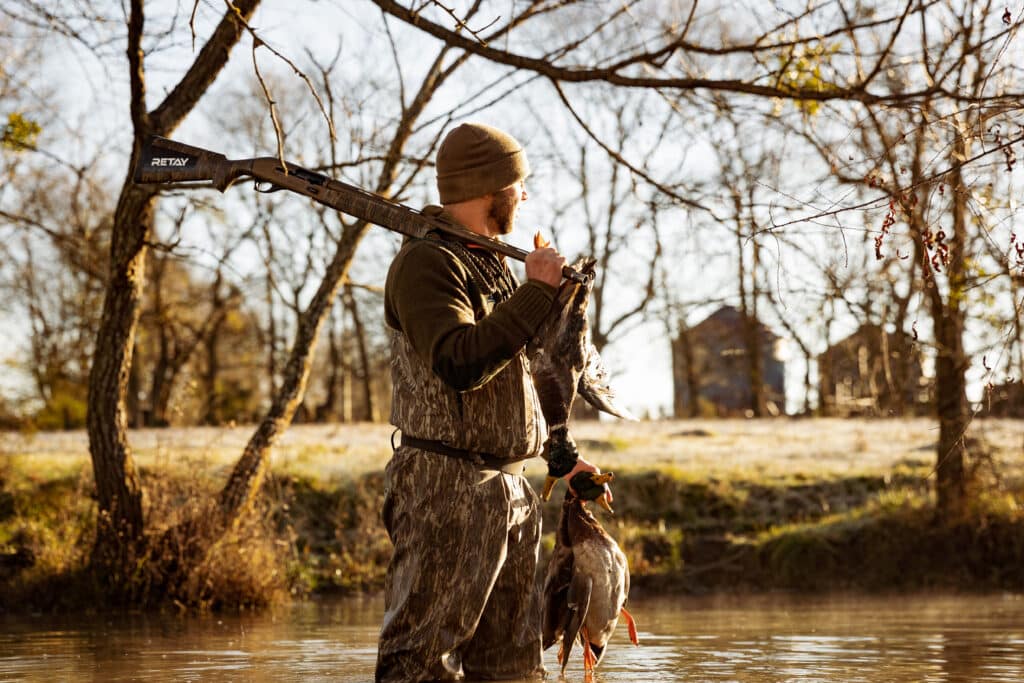
These small towns are used to hunters traveling in and someone can point you in the right direction. Simply tell them you’re planning on hunting the area and that you’re looking for a place to stay. Be as specific as possible with the type of accommodations you’re looking for. Maybe you want to rent a house, pitch a tent somewhere, or park a camper for a week.
These are all common options for hunters traveling to North Dakota, but you’ve got to do some digging to find them.
For The Dogs
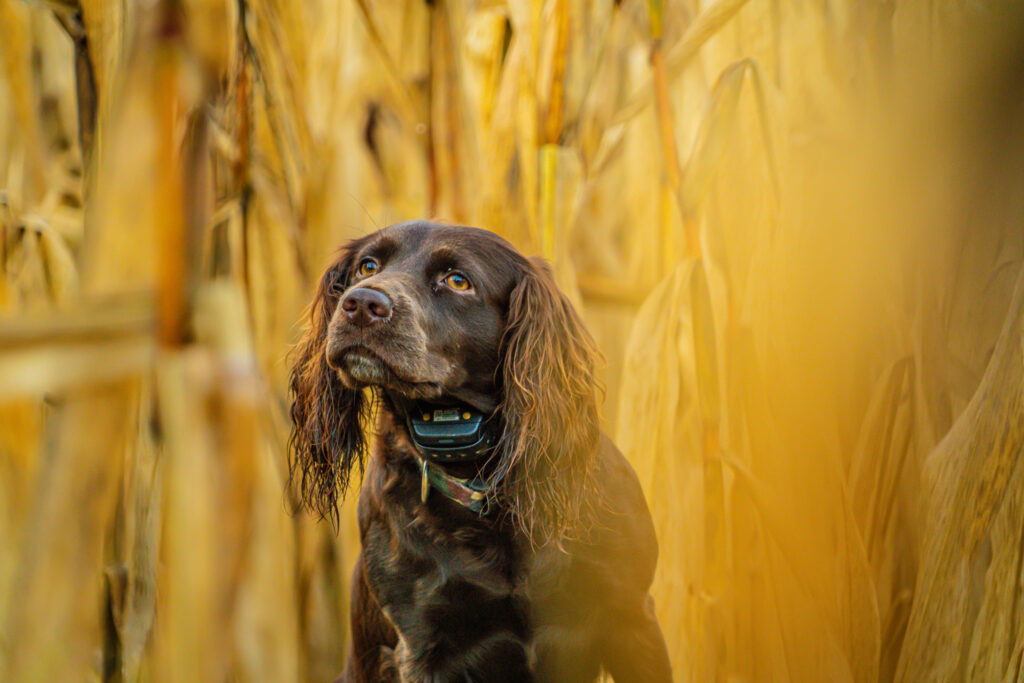
North Dakota is heaven on Earth for gun dogs. It’s the perfect place to expose a young dog to a variety of situations with wild birds. Spend a week there and your pup will likely have as many bird encounters as they would during a season at home.
Always have a comprehensive first aid kit on hand and know the nearest town with a vet. It can be warm during the early season, but you don’t typically get the scorching days other states see. Keep in mind that on warm, sunny days, finding shade is tough so your dog may be limited even though the temperature isn’t too high. I’ve found a small pump garden sprayer filled with ice and water to be perfect for spraying off dogs to cool them down.
North Dakota does have its fair share of skunks, porcupines, and other varmints to watch for. The ground is generally easy on paws and pads when compared to the rocky, abrasive terrain in other Western states. During dry years, the grass and soil can be rougher on their feet but usually isn’t a big problem. You won’t find as many “mean seeds” and grass awns either when compared to other states, but it’s always something to watch for no matter where you go.
Besides being prepared to handle basic first aid situations with dogs, don’t be the guy who shows up expecting an out-of-shape dog to run miles every day. It’s easy to overdo it in a place with so much opportunity, so be sure to recognize when your dog needs a break and manage their workload. Don’t be the guy who wears their dog out in 2 days, risks injury, and ends up with a dog that can’t hunt for the rest of the trip.
Gear
First of all, create a simple document on your phone that you can easily edit as things come to mind. I like to keep a few of these notes on my phone for different adventures, such as hunts close to home, out-of-state hunting checklists, etc. This is far easier than trying to write everything down the day before you leave.
You probably already own nearly everything you need to hunt the prairie, but this trip has more aspects than just hunting equipment. So instead of talking about the gear you’d bring anyway, such as guns, waders, ammo, and clothing, let’s go over some of the things you might overlook.
You don’t want to break down on a road that only has 2 trucks a day driving on it. Bring the basic necessities to keep minor vehicle problems from ruining the trip. This could include a small tire inflator and plug kit, tow strap, jump box, and basic hand tools. Give yourself the ability to fully disassemble and clean your gun too. A cooler with blocks of ice is great for storing both meat and cold food/drinks. I’d also recommend always keeping a container of clean drinking water in the truck, especially with dogs.

These are the type of notes to put on your checklist. You’ll soon realize what’s essential and what you can leave behind.
Whether you’re chasing waterfowl or upland birds, don’t leave home without binoculars and good boots. This is open country and these will save you time, energy, and frustration. Personally, I like a pair of 10×50 binos…they don’t need to be top of the line either. You’re not glassing for bedded mule deer hidden in the shadows. But they’re perfect for identifying waterfowl at a distance, assessing suitable cover, or confirming if those are actually sharptails sitting in a tree 500 yards away.
When it comes to duck hunting the infinite potholes, a sled is a lifesaver for hauling in gear to potholes far from the nearest road. Shappel and Beavertail both make sleds that withstand the abuse waterfowlers dish out. A decoy cart can also be used, but the benefit of a sled is that it floats and you can pull it over grass and brush easier. The standard-size Shappel jet sled will hold a dozen decoys, hunting pack, marsh seat, and a cased shotgun.
Speaking of shotguns, leave your hard case at home (unless you’re flying) and use a soft case. They’re far more manageable taking in and out of a vehicle, and you can stick it right in a sled.
If you plan on hunting over water, bring a lightweight marsh seat for yourself and a stand for your dog so they’re not sitting in cold water. I like the MoMarsh Final Stand or Invisilab for keeping dogs dry and concealed. For field hunting, layout blinds are perfect and they can pull double duty when hunting potholes that don’t have much cover.
Since we’ve mentioned decoys, how many should you bring?
This depends on what your goals are, but you won’t usually need a huge spread. We’ll cover more on this in the next piece, so stay tuned. You might be surprised.
Most importantly, don’t bring so much extra gear that staying mobile becomes a challenge. Being efficient with your time is key. If you bring too much gear and can’t stay organized, you’ll spin your wheels. Not to mention, nobody likes digging through a pile of dirty hunting equipment every time they drop the tailgate or open the back door.
There’s only so many hours in the day and between hunting, scouting, cleaning birds, and getting some sleep, the days typically fly by. With any luck, you’ll run through a lot of ammo and have the time of your life.
So take a look at a map and start researching – we’re going to dish out key information whether you want to hunt waterfowl, upland birds, or both.
Stay tuned.


